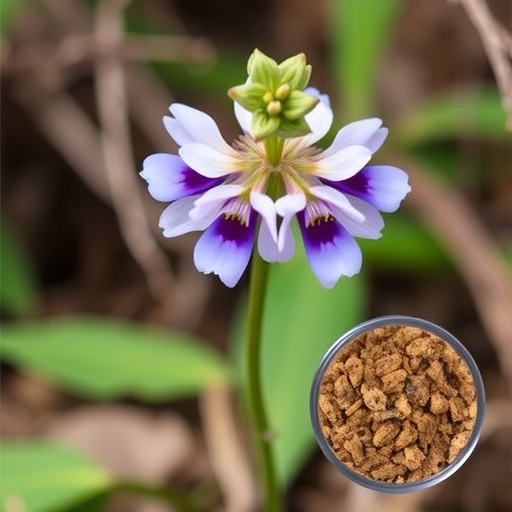AMES, Iowa – New research may explain why an antioxidant that protects the brain is also associated with deterioration in areas susceptible to Alzheimer’s disease.
The antioxidant, superoxide dismutase or SOD1, improves cognition by fighting off free radicals that cause oxidative damage in the brain. However, an Iowa State University research team found SOD1’s protective benefits dramatically weaken when levels of tau proteins – a hallmark of Alzheimer’s disease – increase. Based on the results, researchers suspect SOD1 is fighting to counteract the damaging effects of tau proteins, but eventually loses the battle.
“In individuals with Alzheimer’s or mild cognitive impairment, SOD1 was related to more gray matter, which is significant for memory,” said Kelsey McLimans, a recent Ph.D. graduate and research assistant in food science and human nutrition. “However, our results show 90 percent of this positive association is negated by tau. This bolsters our hypothesis that SOD1 itself isn’t detrimental; it’s just trying to limit the oxidative damage caused by tau.”
McLimans and Bridget Clark, a former Cyclone Summer Scholar research intern, led the study published online by the journal Antioxidants & Redox Signaling. Their interest in antioxidants that occur naturally in the body and in the foods we eat led them to look at how SOD1 affects aging. Clark says the results put researchers another step closer to understanding the importance of antioxidants.
“This study could further the exploration of how nutrition might reduce and prevent neurodegeneration and aging in the brain,” Clark said.
Auriel Willette, assistant professor of food science and human nutrition, who oversaw the research; Anumantha Kanthasamy, Distinguished Professor and chair of biomedical sciences; Vellareddy Anantharam, research associate professor of biomedical sciences; Alexandra Plagman, graduate research assistant; and Colleen Pappas, postdoctoral research associate, were part of the team working with McLimans and Clark. The group is the first to identify the correlation between SOD1 and tau proteins in people with varying degrees of Alzheimer’s disease.
Tau spreads like fire
The researchers analyzed data from adults, ranging in age from 65 to 90, participating in the Alzheimer’s Disease Neuroimaging Initiative. Of the 287 people in the study, 86 had no cognitive impairment, 135 had mild impairment and 66 had Alzheimer’s disease.
Much of what researchers know about SOD1 and the brain is based on post-mortem brain analysis of patients with Alzheimer’s, McLimans said. Until now, it was unknown how SOD1 related to cognition and biomarkers in the brain and cerebrospinal fluid for adults living with the disease. Willette says their results provide further evidence of tau’s role in the development of Alzheimer’s.
“The disease might begin or progress partly because antioxidants in our brain stop working effectively when tau levels increase,” Willette said. “It’s similar to a burning building. You can pump as much water as possible onto the fire, but once it’s spreading out of control, no amount of water is going to stop it.”
Iowa State researchers say additional studies are needed to determine if increasing production of SOD1 – possibly through diet or medication – might delay the progression of Alzheimer’s disease.
###
Media Contact
Auriel Willette
[email protected]
Related Journal Article
https:/
http://dx.




